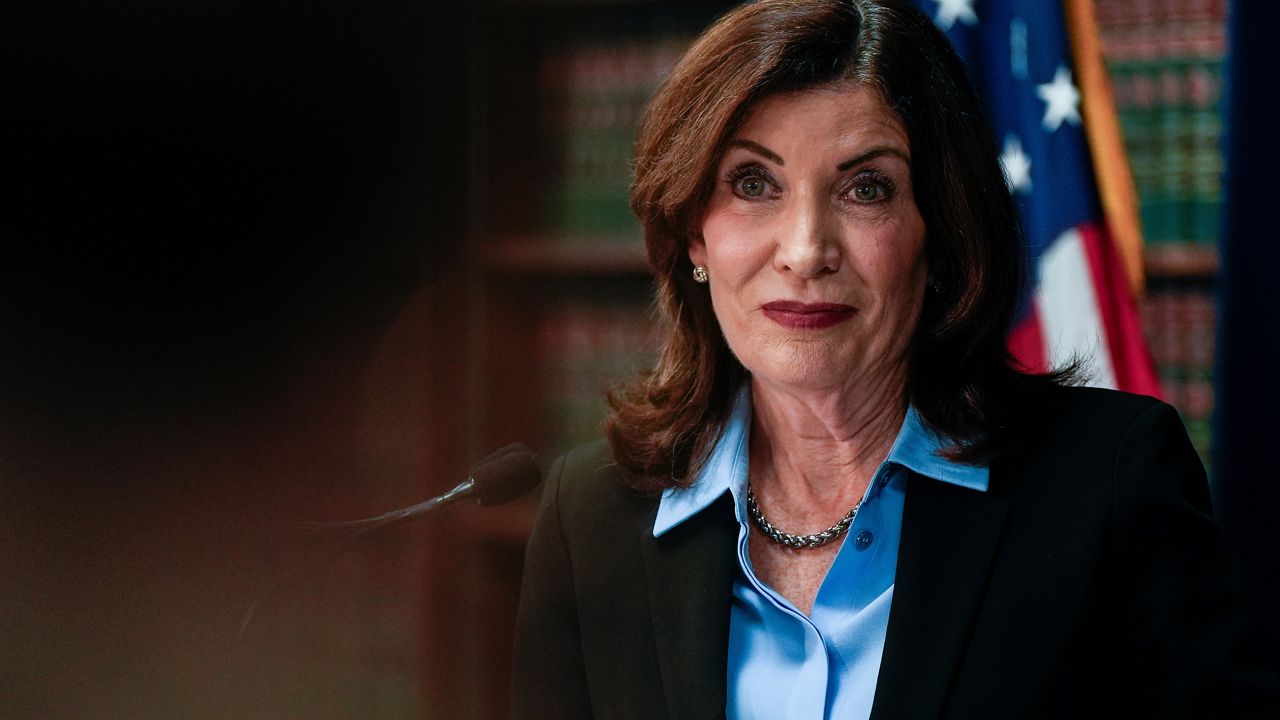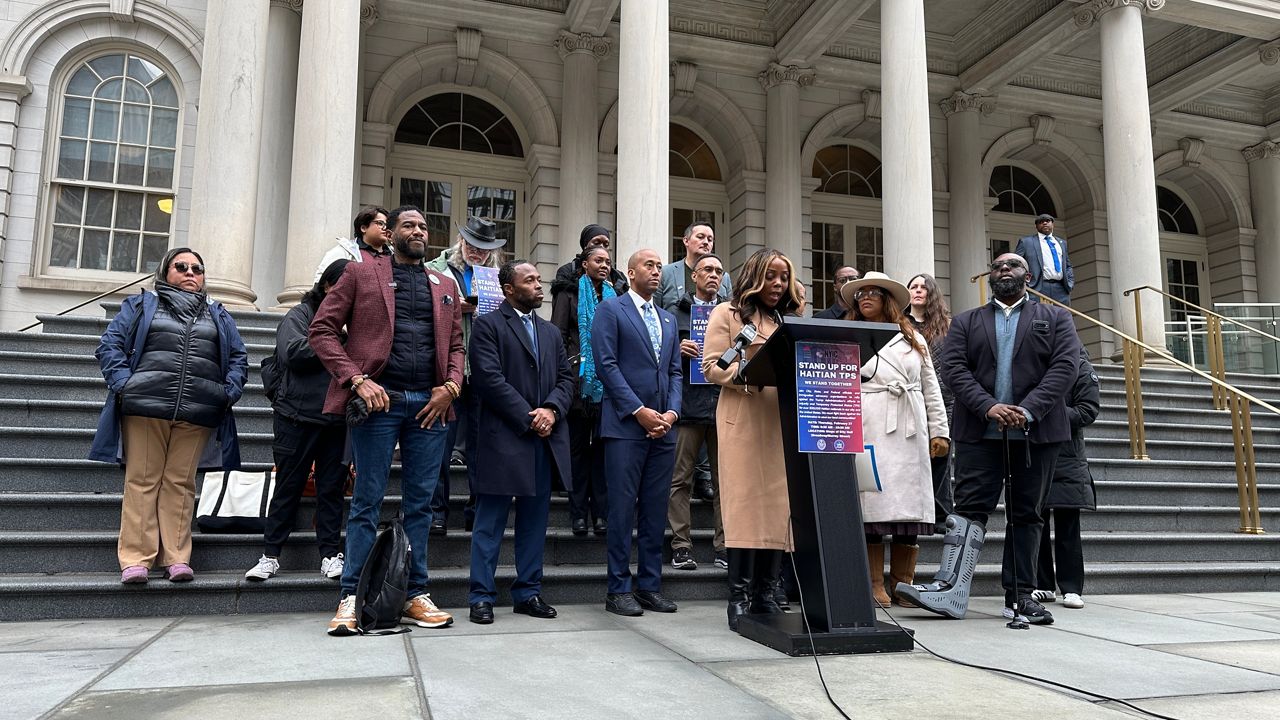The city involuntarily removed at least 42 New Yorkers off city streets in December under Mayor Eric Adams' mental health plan, officials said at a City Council hearing Monday.
The data only accounts for a portion of the two months that the city has been operating under a directive that allowed for struggling New Yorkers to be involuntarily committed.
The numbers were shared only after intense prodding by local lawmakers at the hearing on Wednesday on the initiative.
“It’s really urgent that you provide us with more transparent data even if that data set isn’t available,” Councilmember Shahana Hanif said.
In November, Adams announced a new directive that expanded the definition under which a New Yorker could be involuntarily transported to a psychiatric hospital to include not being able to meet your basic needs like food, shelter and hygiene on top of being a danger to oneself and others.
Lawmakers were grilling the city on how many New Yorkers have since been involuntarily committed and any additional training first responders are receiving.
“It’s not necessarily entirely about increasing the number of involuntary removals but about the engagement of folks who are experiencing a mental health crisis or a serious mental illness,” said Jason Hansman of the Mayor’s Office of Community Mental Health.
Under the plan, NYPD officers would be directed to help in the effort, raising concerns about potential conflicts.
City officials pushed back, emphasizing that a majority of police officers have begun training and that comprehensive crisis education is ongoing.
They also noted that, overall, there are few incidents in which New Yorkers are being arrested due to being in a mental health crisis.
“Only 1% of all mental health calls have resulted in an arrest,” said Theresa Tobin, chief of interagency operations at the police department.
“If an officer is injured as a result of that particular encounter, then it’s what we call a line of duty injury and it’s not an arrest made because of that,” Juanita Holmes, chief of training at the NYPD, said.
Meanwhile, New Yorkers criticised the plan and its reliance on police who they say have a history of aggressively responding to crisis calls, including those of Black and brown residents.
“I ended up involuntarily hospitalized at Bellevue. I was placed in a room that had people screaming and yelling and we were locked up like animals,” said one woman who testified at the hearing.
“Sending the NYPD to respond to people who are struggling with mental health issues, has already cost New Yorkers too many lives,” said Ellen Trawick, mother of Kawaski Trawick, who was killed by police in April 2019 amid an alleged mental health crisis.
Officials say that New Yorkers who are involuntarily transported to a hospital are first evaluated by a clinician who determines admission.
It’s unclear how many New Yorkers have been hospitalized or transported under the directive and how long their stays were.









